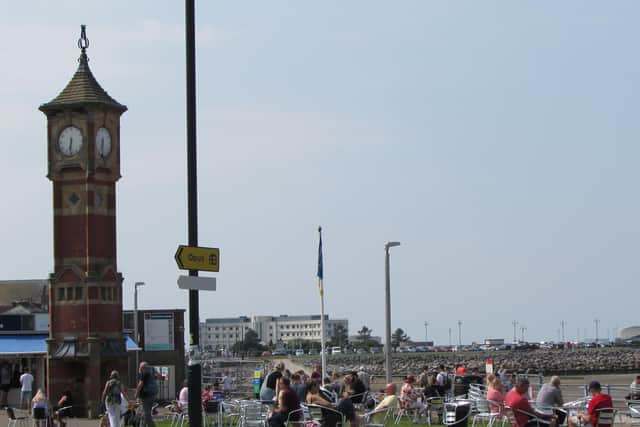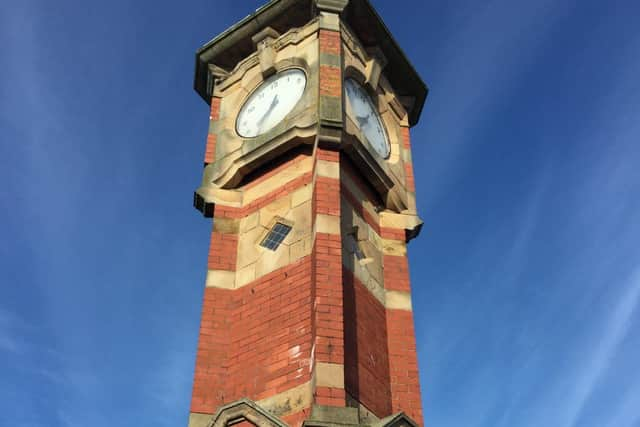Morecambe's 115-year-old Clock Tower scheduled for repairs
and live on Freeview channel 276
Lancaster City Council said that Padiham based Lancashire Clockmakers are due to come and repair the 115-year-old clock on September 3.
A spokeswoman said: "The council is aware of a problem with the Clock Tower clock and has been seeking an experienced specialist in clock restoration and repair to undertake the work due to the retirement of its current provider.
Advertisement
Hide AdAdvertisement
Hide Ad"A replacement specialist has now been found and arrangements are being made for the clock to be inspected and repaired soon."


HISTORY OF MORECAMBE CLOCK TOWER
In March 1905 the council made an announcement that the Mayor, Councillor John R Birkett, had expressed his desire to present a clock tower to the town.
The foundation stone was laid by his wife on the 3rd anniversary of Charter Day, 24th June 1905.
Two stones on the tower are inscribed with these details. Charles Cressey, on behalf of Cressey, Keighley, the architects, presented the Mayoress with a silver mallet to commemorate the occasion.


Advertisement
Hide AdAdvertisement
Hide AdThe clock tower was built by John Edmondson, and Rhodes of Lancaster provided a weight driven clock which featured 4 dials, each 40 inches in diameter, and which struck the hours on a bell 20 inches in diameter, and was illuminated at night.
In later years "Gents" of Leicester removed the old clock and installed a master clock with 4 slave dial units, and 4 new perspex dials with clear perspex over them to protect them from weather and vandalism.
This worked for a time, but due mainly to vandalism and the weather and salt air, those clock movements have been replaced with synchronous clock movements behind each dial.